SPACE
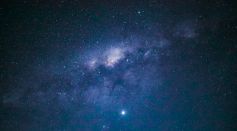
Milky Way's Twin? Astronomers Spot Cannibal Galaxy 9 Billion Light Years Away That Mirrors Earth's Very Own
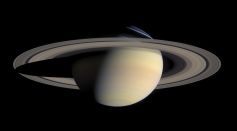
Saturn's Spoke Season: Mysterious Lines Observed on the Planet's Rings

Binary T Tauri Stars Found Responsible for Carving Giant Bubble in Barnard 18 Molecular Cloud

European Space Agency, NASA Partner With Airbus for the Success of European Service Module on Artemis Mission

SpaceX Starlink Refuses To Have Its Satellite Employed for Drone Strikes, Sabotaging Ukraine's Military
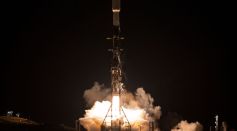
SpaceX's Mars-bound Starship Spacecraft Is One Step Closer to Its Maiden Flight After Completing a Key Engine-firing Test
Living on Mars Can Shrink Heart, Cause Brain Damage, Increase Risk of Cancer [Report]
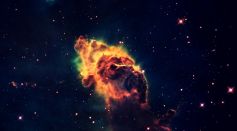
Do Astronomers Know How Many Galaxies There Are in the Universe? New Research Suggests It May Be Infinite

ALMA Telescope Reveals Details of the Nearly Impossible-To-See 'Invisible' Galaxy From the Early Universe
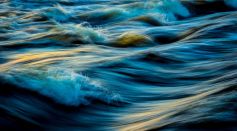
Water on Mars? NASA's Curiosity Rover Collects Best Evidence of Martian Waves, Waters

NASA Captured a Piece of Sun's Northern Pole Breaking Off, Leaving Scientists Baffled; How Could This Be Possible?

Blazing Green Comet To Loom Beside Mars; How To See This Rare Cosmic Sighting?
Hawaii Green Laser Beam Not From NASA's ICESat-2 ATLAS But China's Daqi-1's ACDL

Lizard-Inspired Robot Unveiled for Future Exploration of Mars' Rugged Terrain
Most Popular

Viruses vs Bacteria: Key Differences, How They Spread, and How We Treat Them

Recycling Myths vs Facts: What Actually Gets Recycled and How to Do It Right

What Is Conservation Biology? Key Strategies to Protect Species and Habitats

How Ice Cores Reveal Climate History: Insights from Paleoclimate Science and Ancient Data





